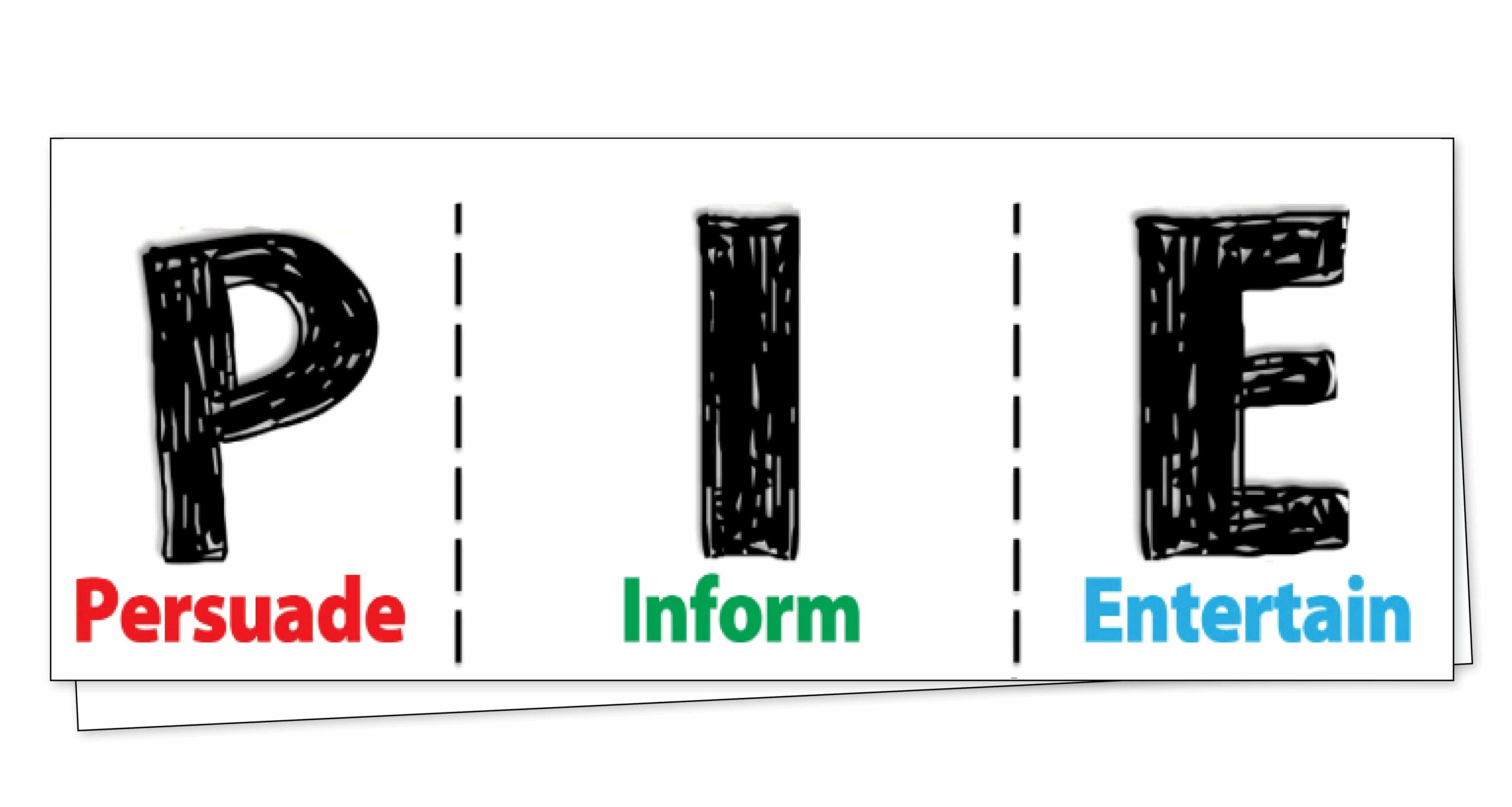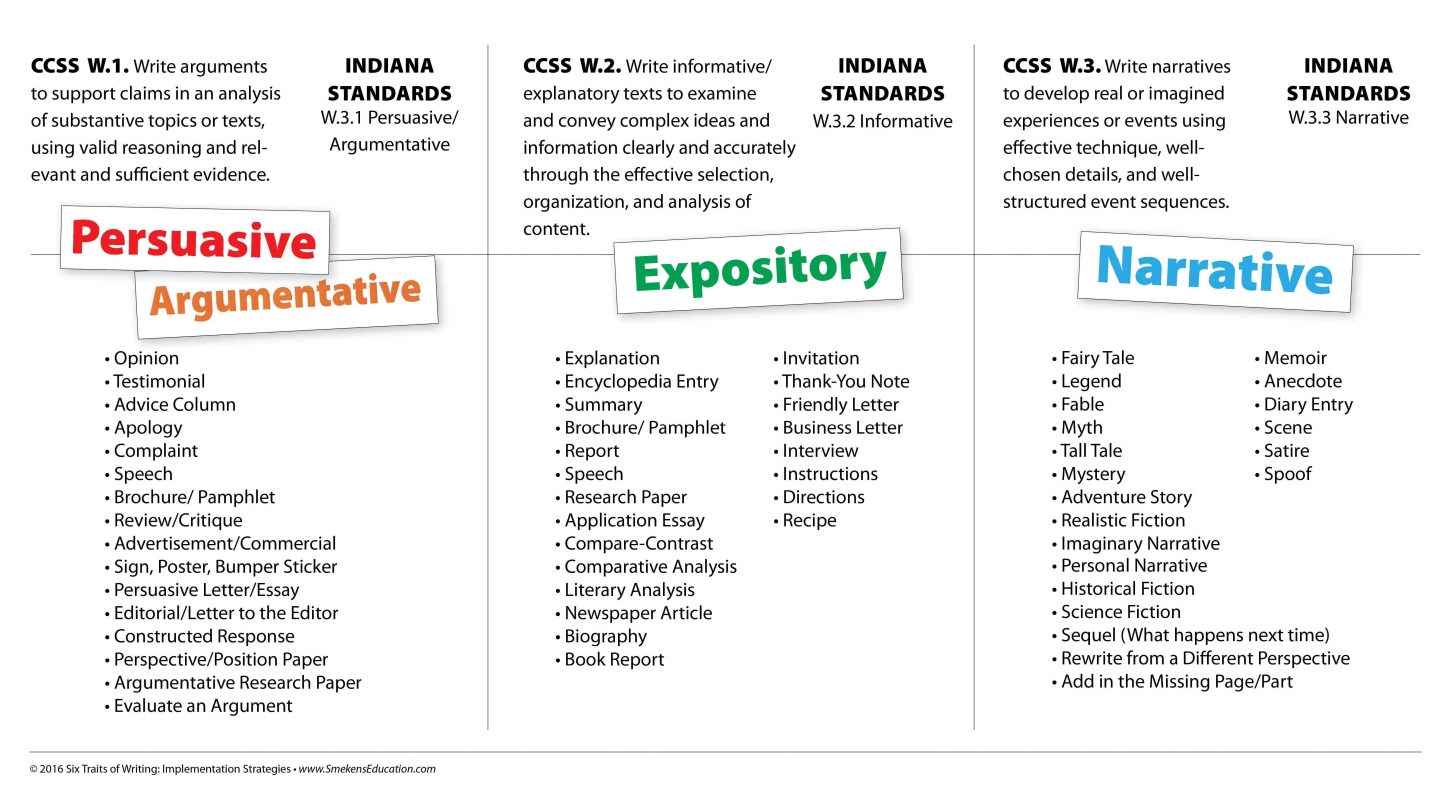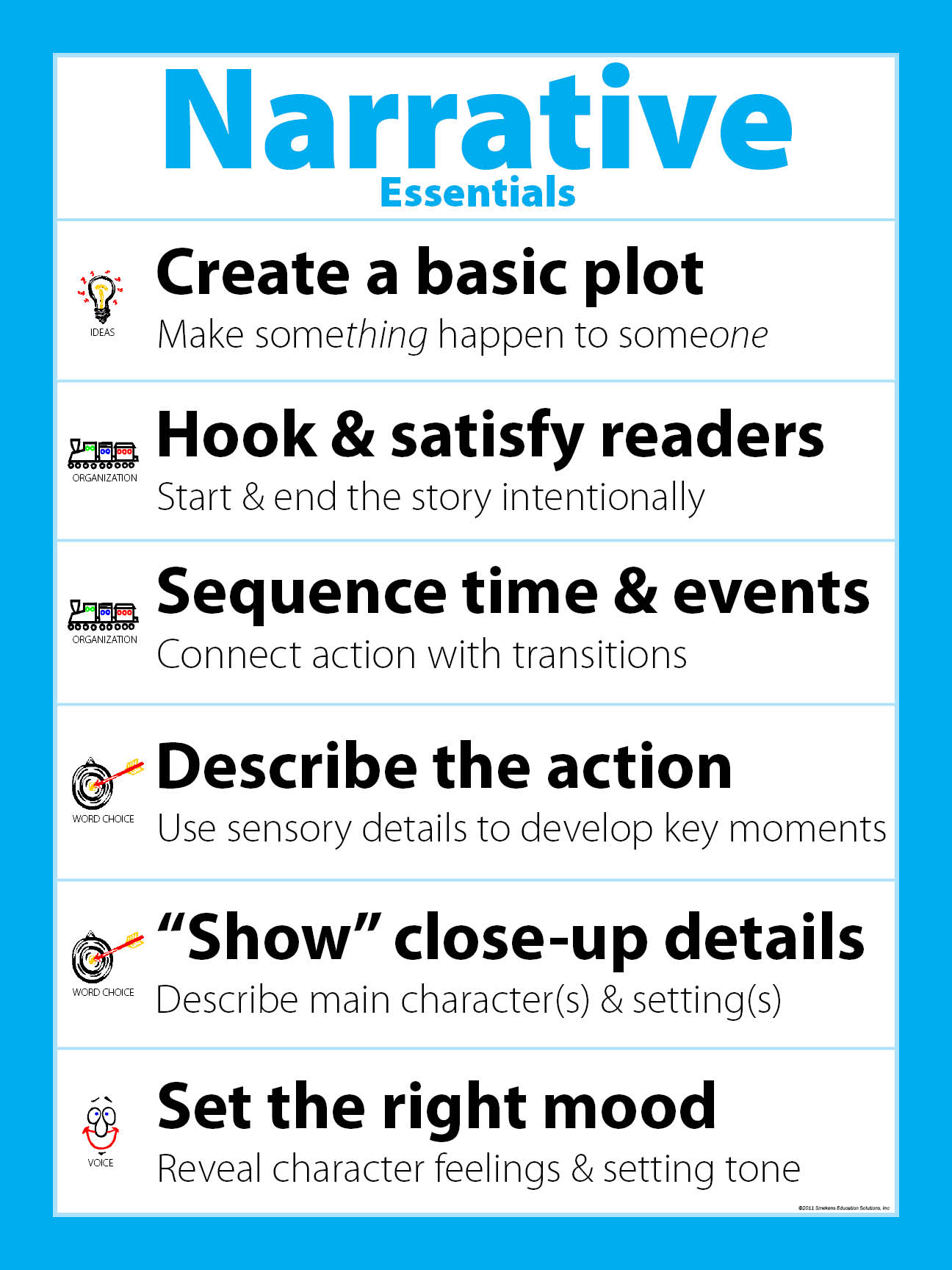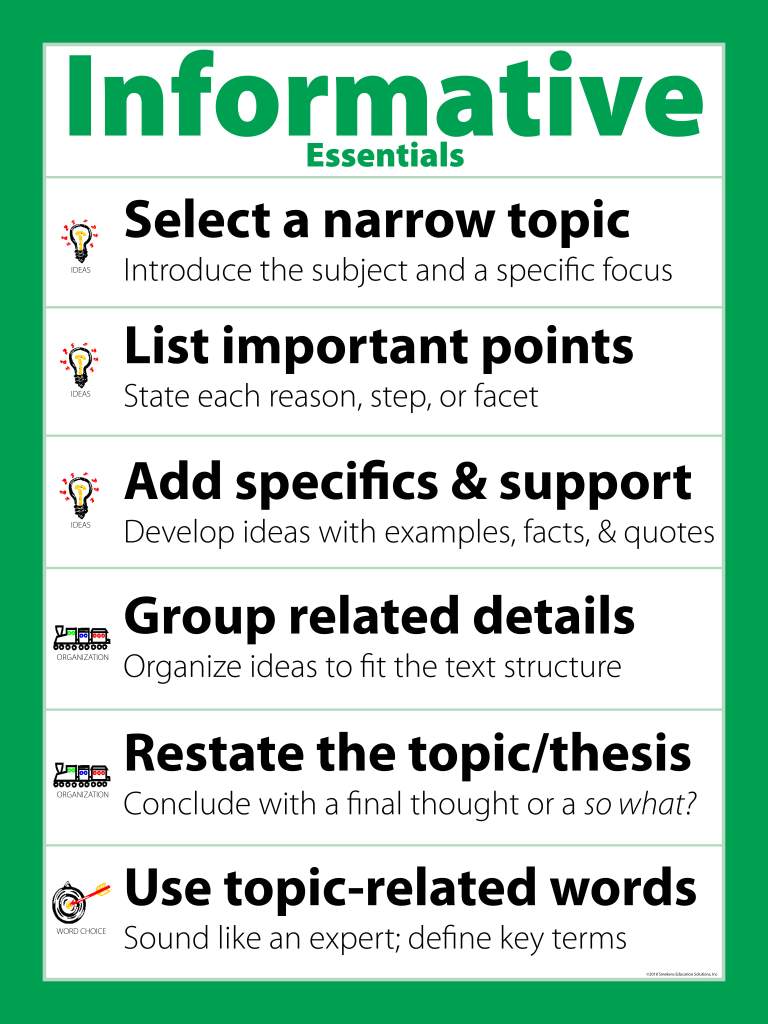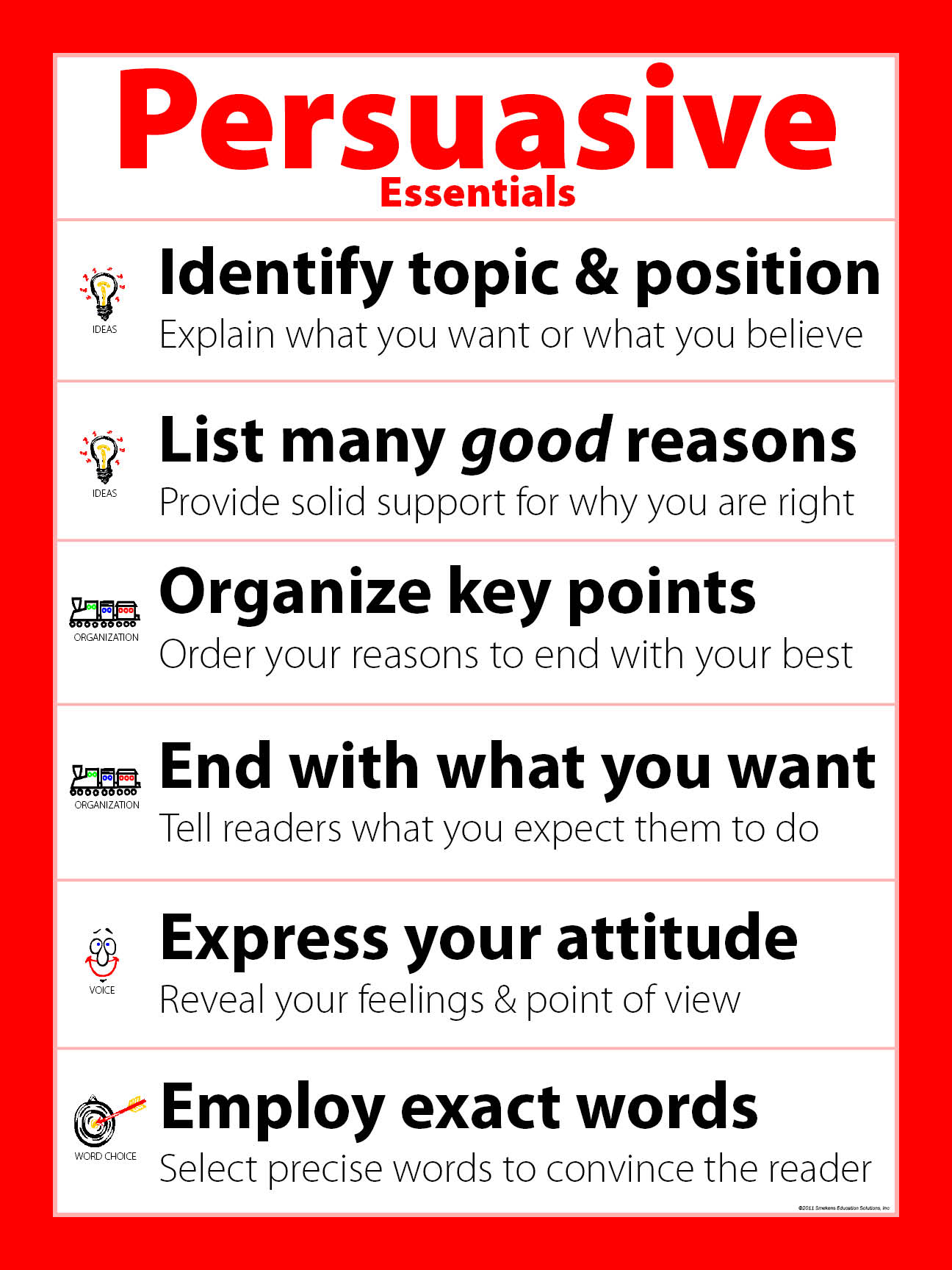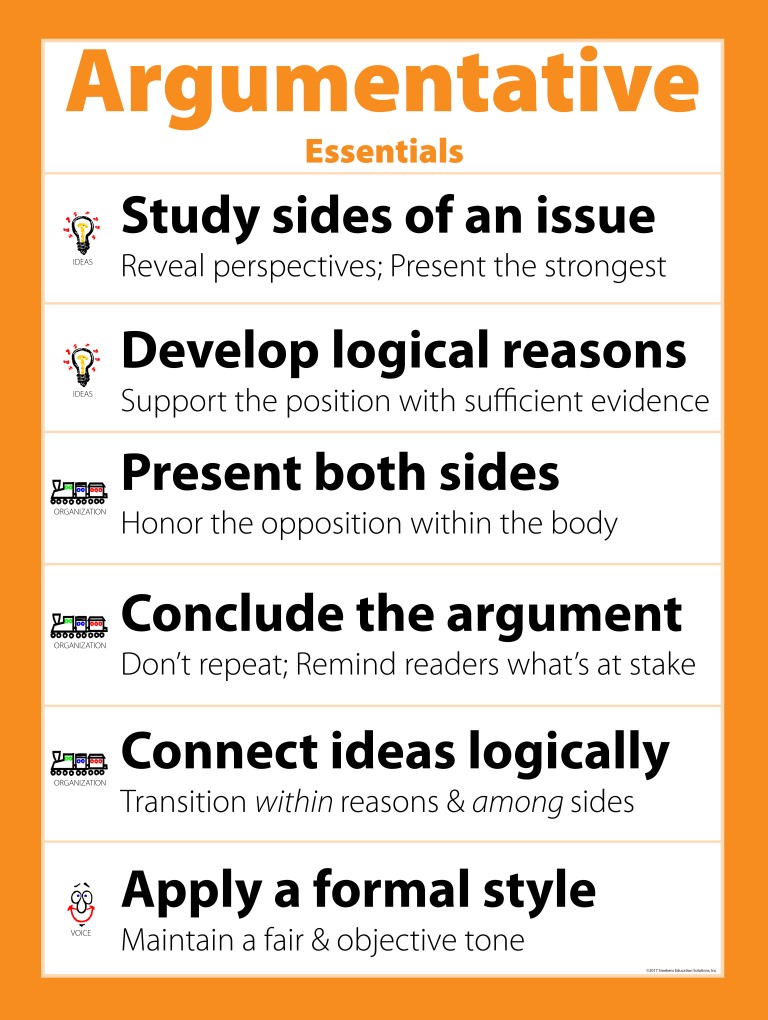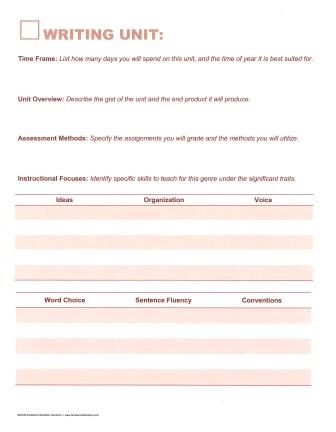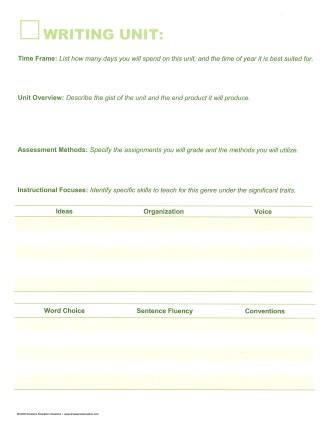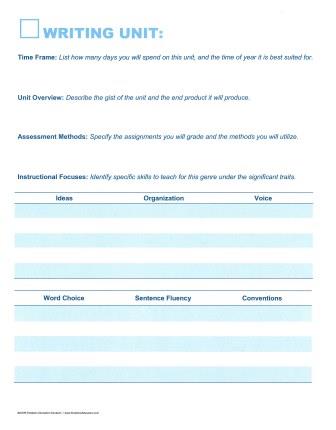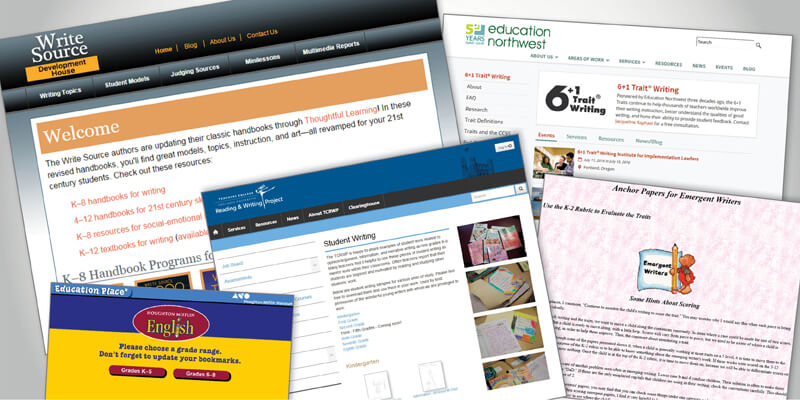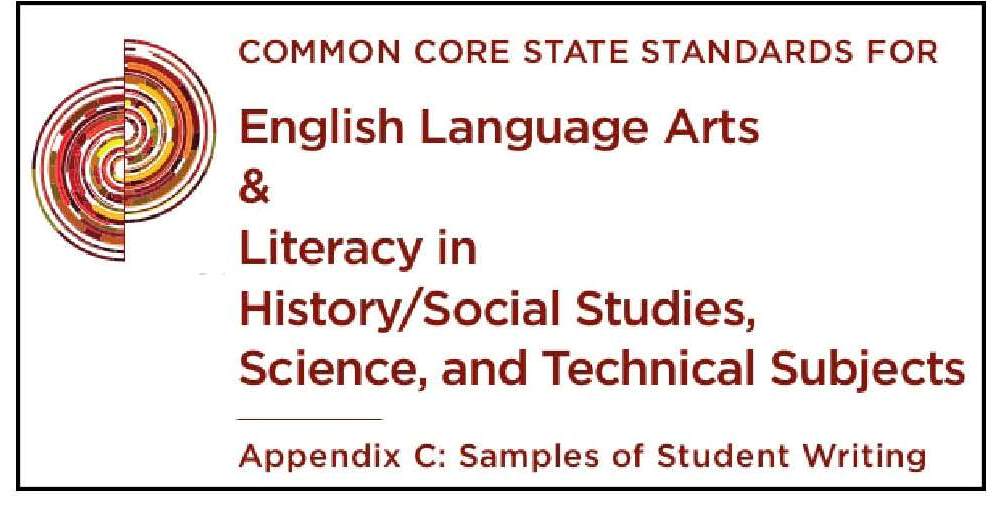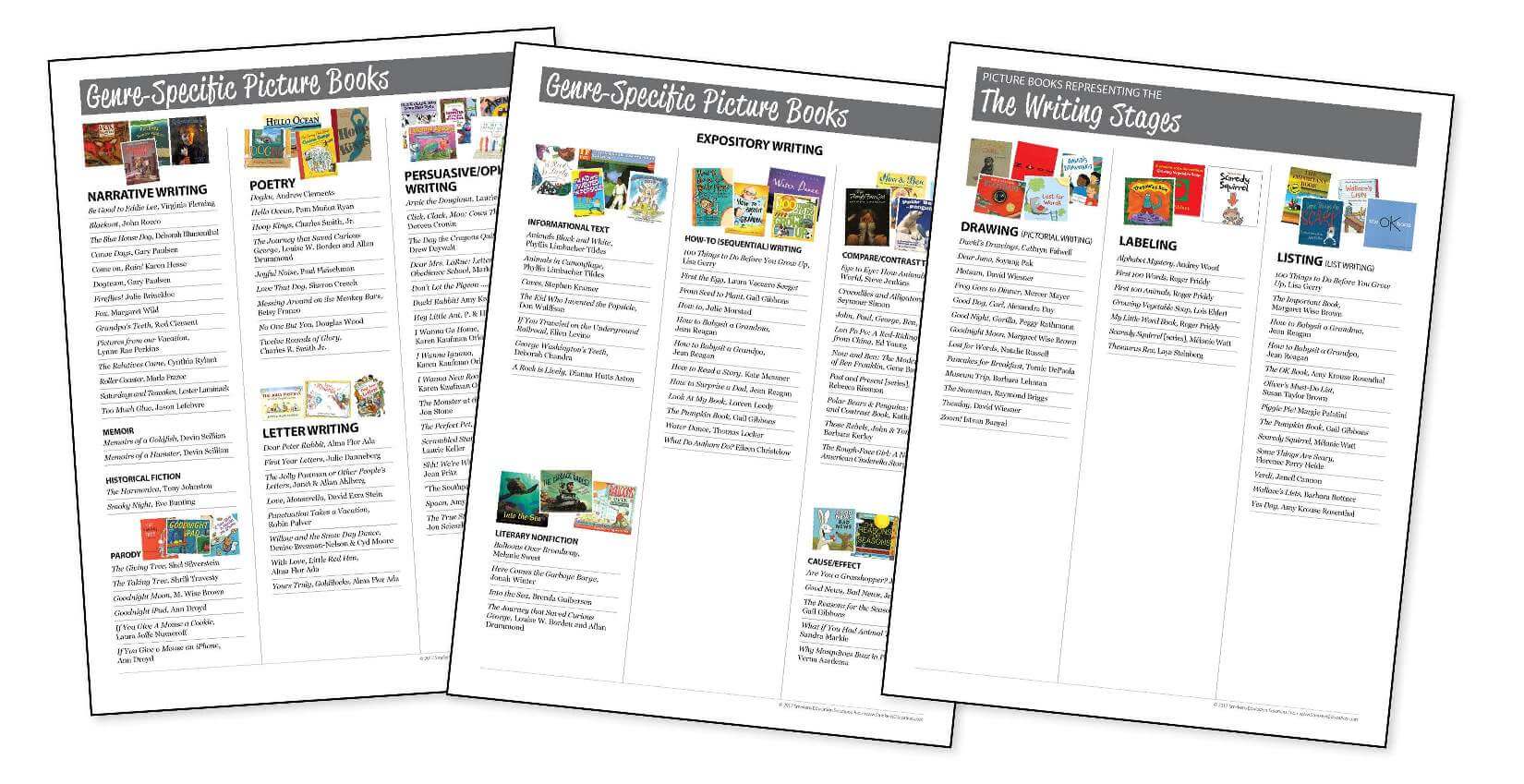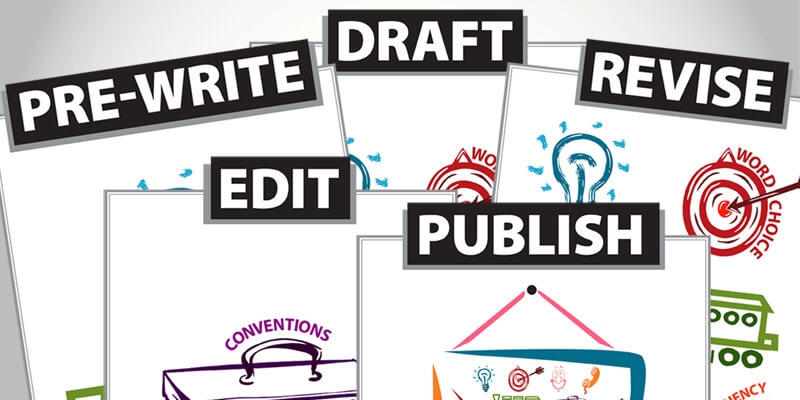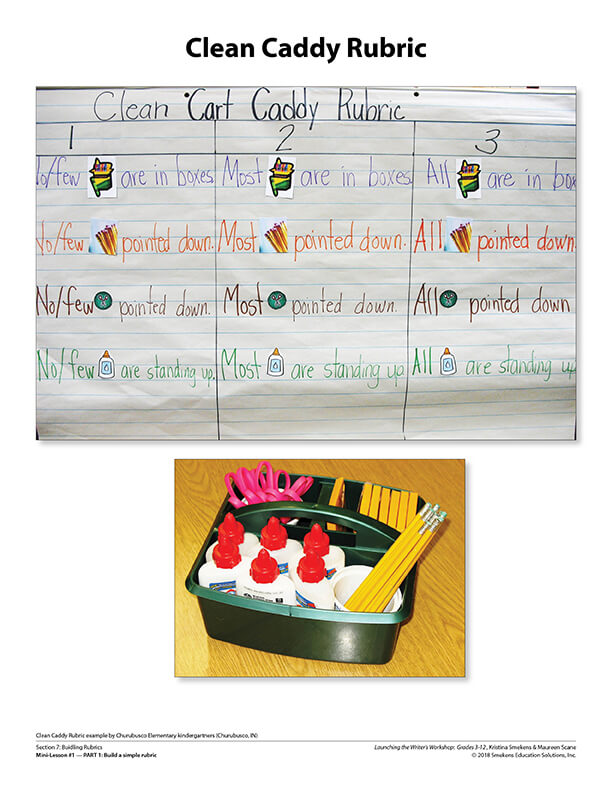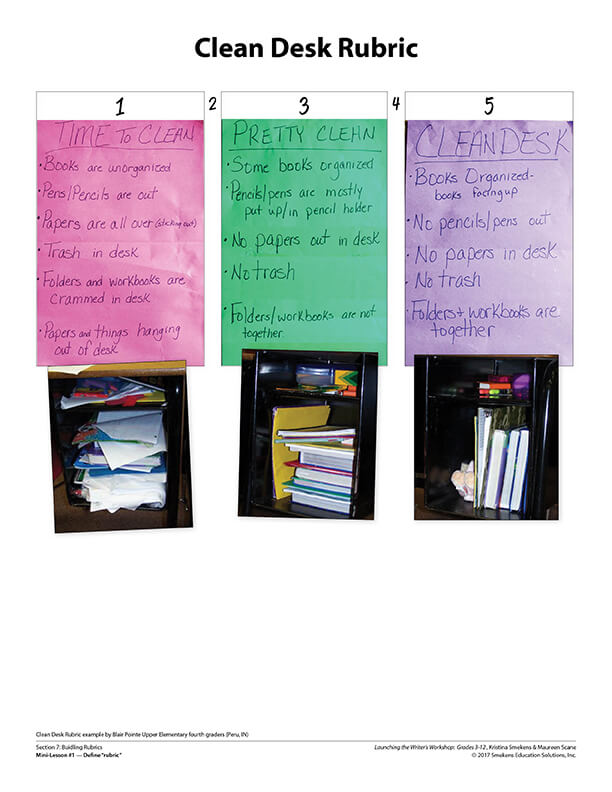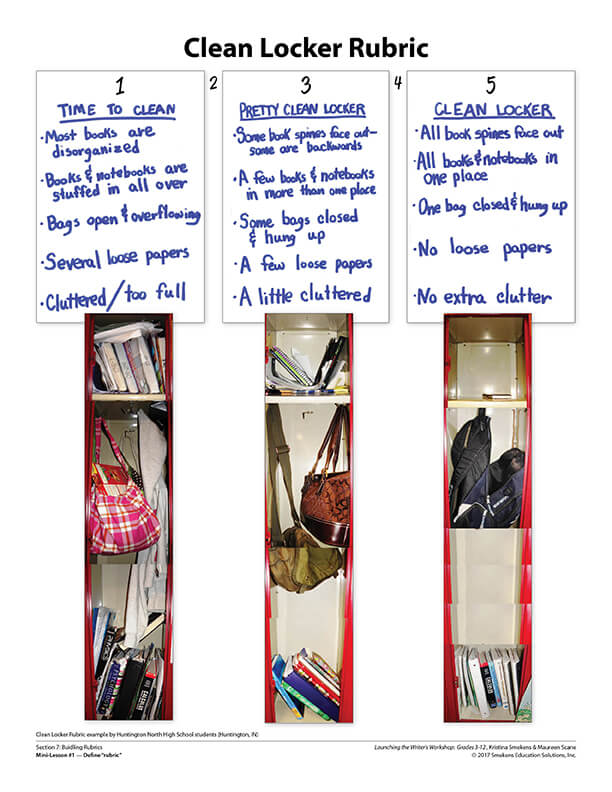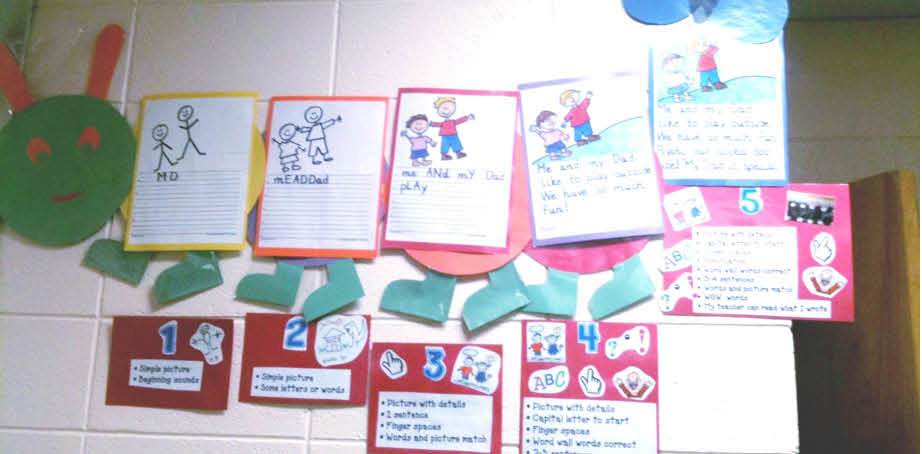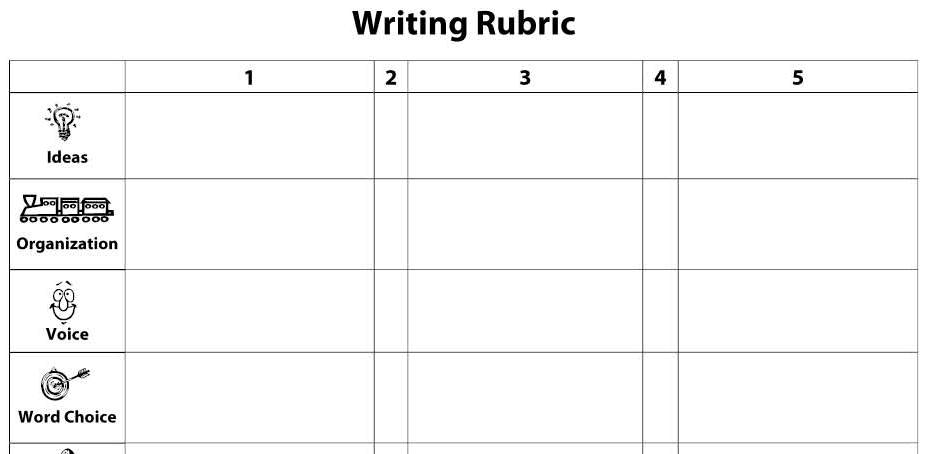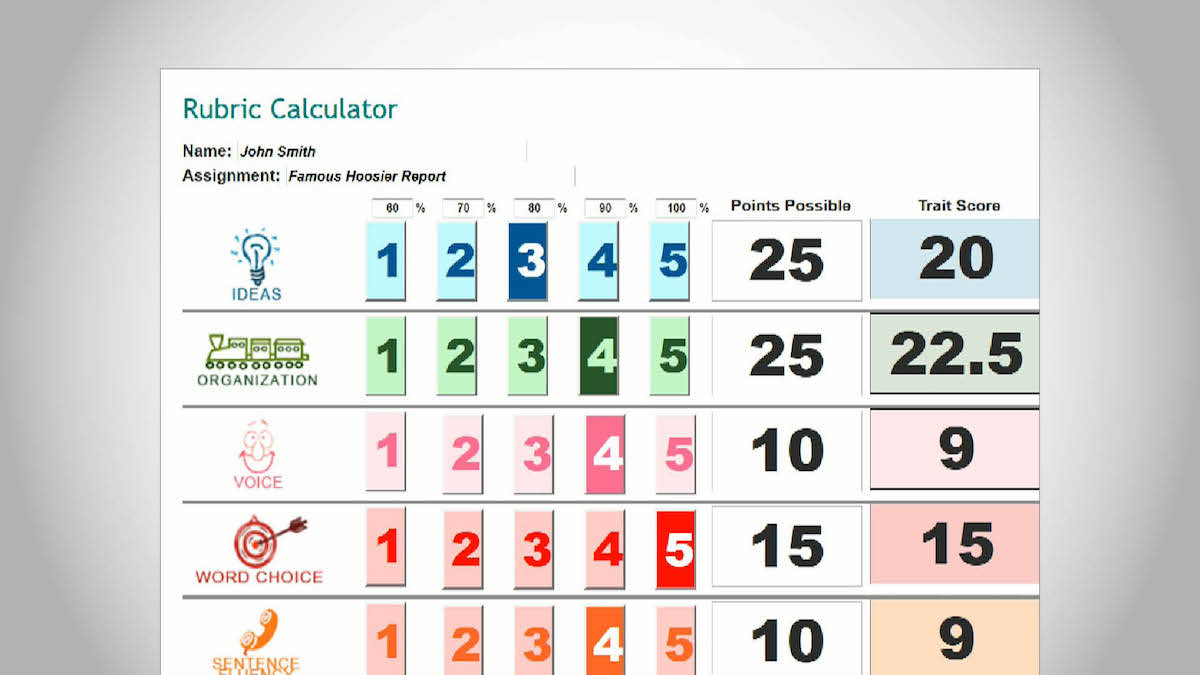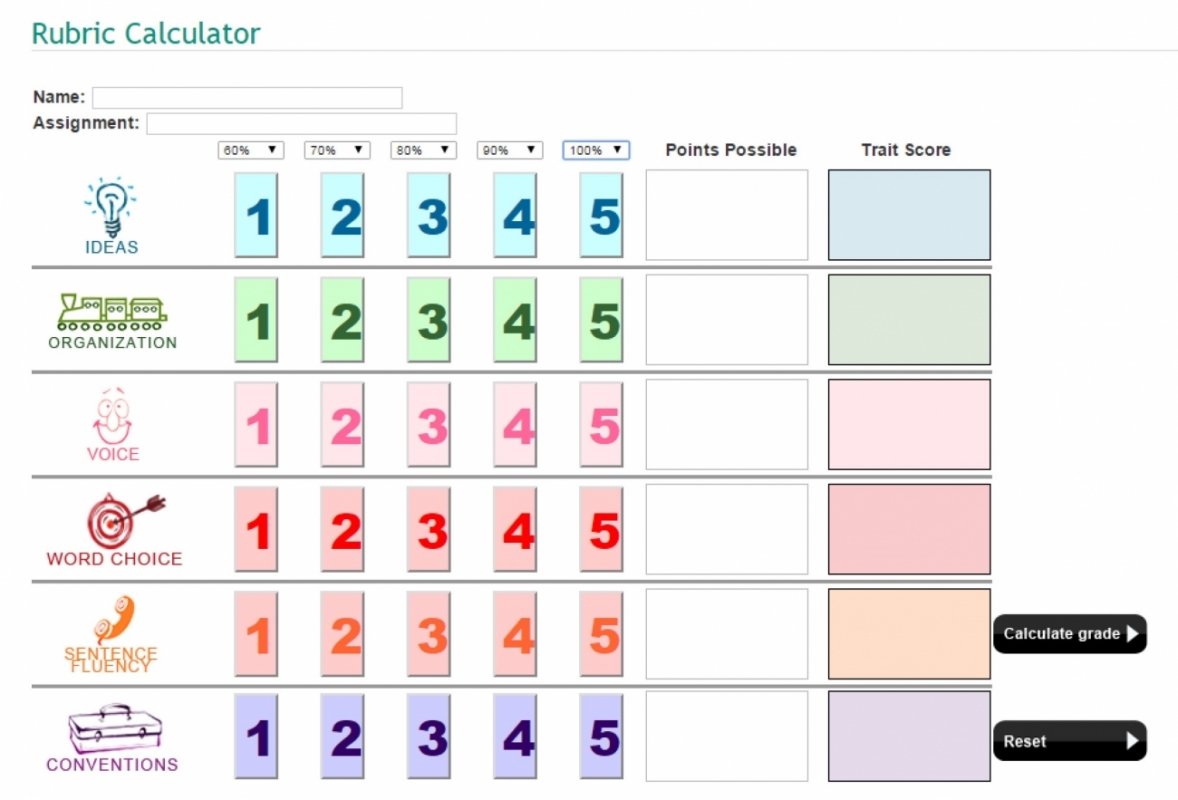Six Traits of Writing Implementation Strategies
SECRET SITE
Quick Links
Introduce the Writing Modes
Provide various writing experiences
Maintain a foldable that reveals the writing purposes.
P.I.E. | K-5 version | 6-12 version
P.E.N | K-5 version | 6-12 version
Apply the Traits in all Units
Recognize the traits within the modes
The six traits are evident in all writing modes. (Click here for an overview of the 6 traits of writing.)

Ideas and Organization “trump” the other traits; they are the most vital.

Voice, Word Choice, and Sentence Fluency add sophistication and flavor.
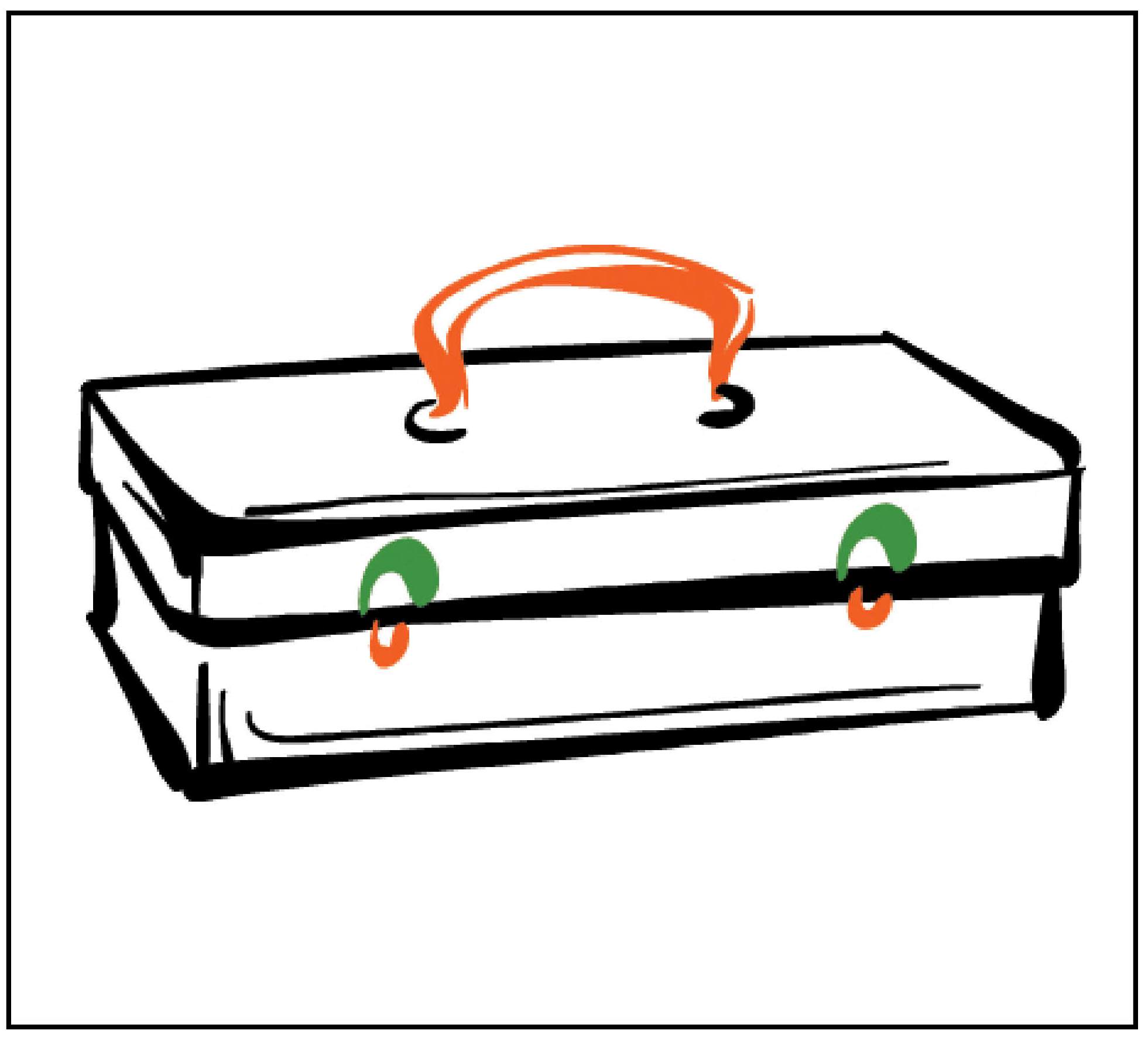
The most relevant conventions (grammar & mechanics) should be addressed within each unit.
Honor the trump traits
Recognize the essential skills per mode.
Click on any of the colorful headers below for lesson ideas & resources:
Develop a Yearlong Vision
Analyze motherlode v. mini-units
Plan the specifics of each mini-unit
Save these editable Word documents to your virtual Writing Crate, or print the pages back-to-back, tape them together, and create mini-unit folders.
ARGUMENTATIVE/PERSUASIVE: Red 4-page unit template
INFORMATIVE: Green 4-page unit template
NARRATIVE: Blue 4-page unit template
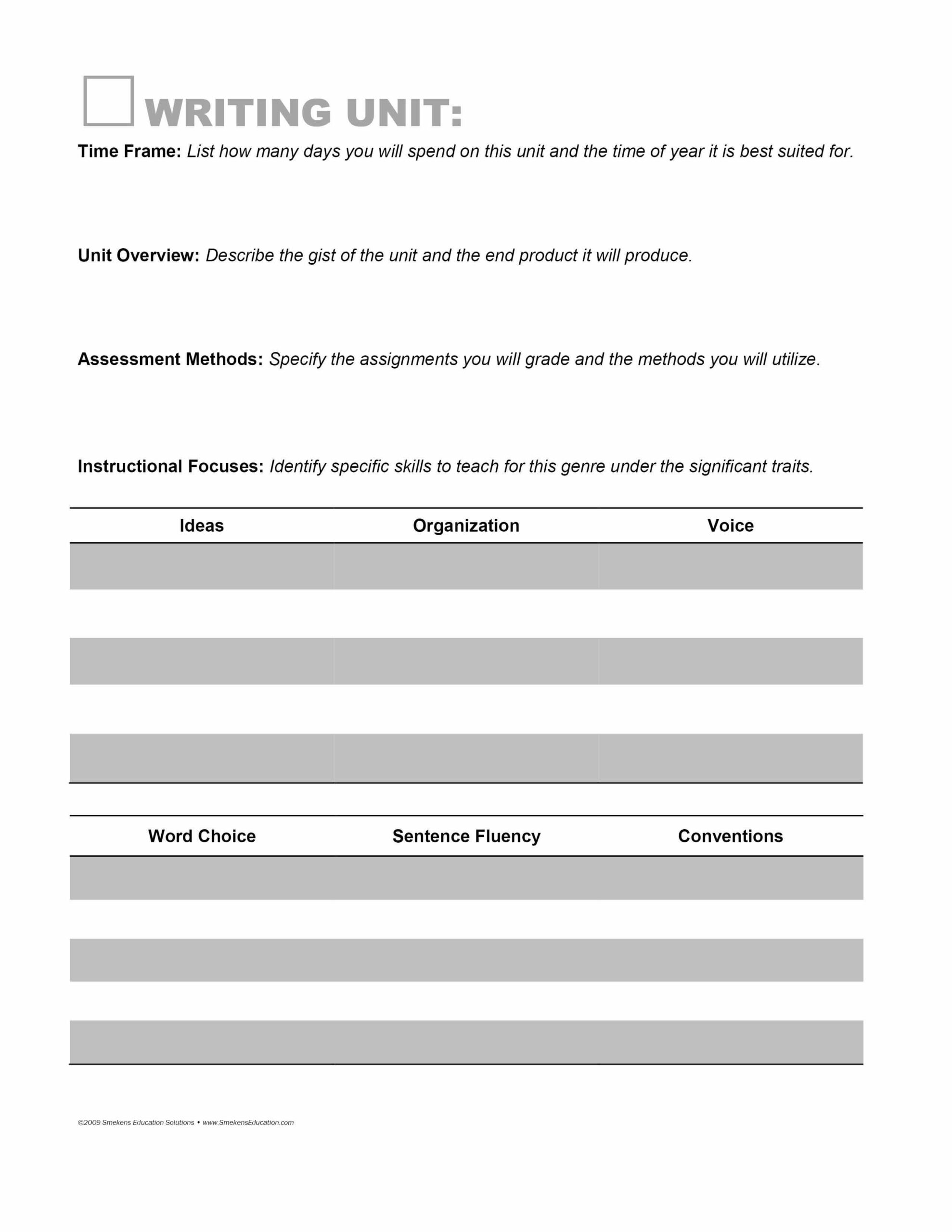

UNIVERSAL MODE: Gray 4-page unit template
Weave the Traits into the Literacy Block
Kick off a new writing unit with exemplars
For free anchor papers, check out Kristina’s list of favorite websites. Most include detailed criteria for which skills the piece exemplifies.
Appendix C of the Common Core ELA standards includes K-12 student writing samples per mode.
Trait Trackers include a list of trait-based writing skills that could be taught using popular picture books.
Read like writers, and then write for readers
Infuse the trait language into the workshop
Southern Door Elementary teacher (Brussels, WI) Jessica Meacham outlines writer’s workshop expectations using these Smartboard Notebook documents.
List the expectations for Independent Writing Time and include a timer within the Just Write document.
The Writer’s Workshop document includes all three parts of the workshop and the specific activities of each.
When executing the 4 steps of a mini-lesson, be sure to identify which trait the skill supports.
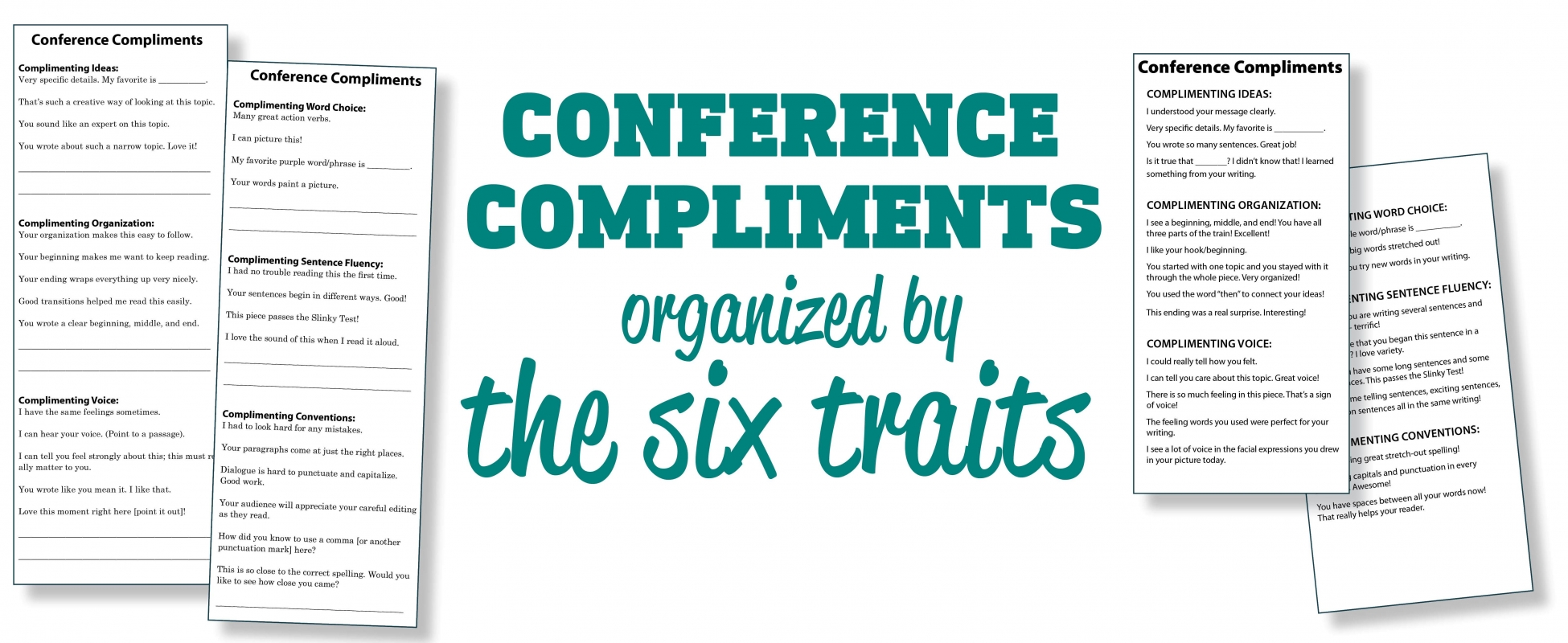

Categorize each compliment it by its trait.
Grades K-2 compliments | Grades 3-12 compliments
Assess the Traits with Rubrics
Build a non-writing rubric to first teach key terms
Create a writing rubric with the students
When starting Phase 4 of the launch, Kristina referenced the power of creating kid-friendly rubrics with your students. This concept is reinforced in an article in the February 2012 ASCD Education Update newsletter and based on the report, Informing Writing: The Benefits of Formative Assessment by the Carnegie Corporation of New York.
Fine-tune rubric implementation
Link



The Different Genres of Argument
- Argumentative v. Persuasive Writing
- Advance students from opinion to persuasive to argumentative
- Evaluate 4 factors in argument analysis
- Infer perspective with TV commercials
- Create bumper stickers
- Things wrong with the world (Rules to change, Problems to fix, Favors to ask, Suggestions to make)
- Confirm or contradict a Snapple fact
- Write critiques based on 5 big questions
Skills within Argumentative Writing
Link


The Different Genres of Informative
Develop & Pump Up Ideas
- Provide more details within a dissected-web pre-write
- Use broad categories in a T-Chart for compare-contrast writing
- Develop reasons with legs of support (1 Table, 4 Tables)
- Paraphrase author ideas
Link




